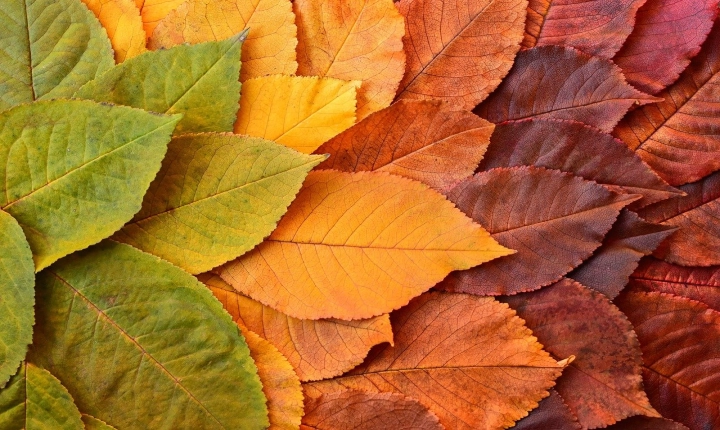AI Art: The Impact on Traditional Artists and the Art Community
Artificial Intelligence (AI) has swiftly made its way into the world of art, changing the landscape for artists and enthusiasts alike. AI art, generated using algorithms and machine learning, has presented both challenges and opportunities for traditional artists. While some view AI art as a threat to human creativity, others see it as a revolutionary tool that can enhance artistic expression. The impact of AI art on artists, their work, and the larger art community is a topic that continues to garner attention and debate.
For many traditional artists, AI art poses a unique set of challenges. The fear of being replaced by machines and losing their individuality and creative control can be daunting. AI-generated art has the potential to mass-produce pieces at a rapid pace, creating a sense of competition for human artists. Additionally, some artists worry that AI art lacks the emotional depth and personal experience that is inherent in human-created art. This concern raises questions about the soul and authenticity of art produced by algorithms.
On the other hand, AI art also offers traditional artists an exciting array of opportunities. The use of AI as a tool can inspire new creative possibilities, pushing artists to explore unconventional techniques and collaborate with technology. AI art can also serve as a source of inspiration, providing fresh perspectives and ideas that can influence human artists’ work. Moreover, the accessibility and affordability of AI-generated tools enable artists to experiment and innovate in ways that were previously unattainable.
Furthermore, AI art has the potential to democratize the art world by breaking down barriers to entry. For emerging artists, AI technology provides a platform to gain exposure and reach new audiences. By leveraging social media and digital platforms, artists can showcase their AI-generated work to a global audience, creating networks and opportunities on an unprecedented scale. This digital shift has the potential to redefine the art market, challenging the traditional notions of art valuation and distribution.
In the larger art community, the impact of AI art is evident in the way it sparks conversations about the nature of creativity and the role of technology in art-making. Museums and galleries have begun to exhibit AI-generated art, prompting discussions about the intersection of art and technology. The public’s reception to AI art reflects a growing acceptance and curiosity about the possibilities of machine-generated creativity. This evolution in the art landscape necessitates a reevaluation of our perceptions of art and the boundaries of the creative process.
It is clear that AI art has significant implications for traditional artists and the art community at large. As AI technology continues to advance, artists will need to adapt and find ways to harness its potential while preserving the essence of human expression. Collaboration between AI and human artists opens up a world of innovative and boundary-pushing art, challenging the conventional notions of creativity and pushing the limits of imagination.
In essence, AI art is not to be feared but rather embraced as a catalyst for artistic evolution. While it may alter the traditional art-making process, it also presents an opportunity for artists to explore new frontiers and transform the way we perceive and create art. As artists continue to navigate the impact of AI art, the integration of technology with human creativity has the potential to enhance the richness and diversity of the art world, driving artistic innovation and evolution.
